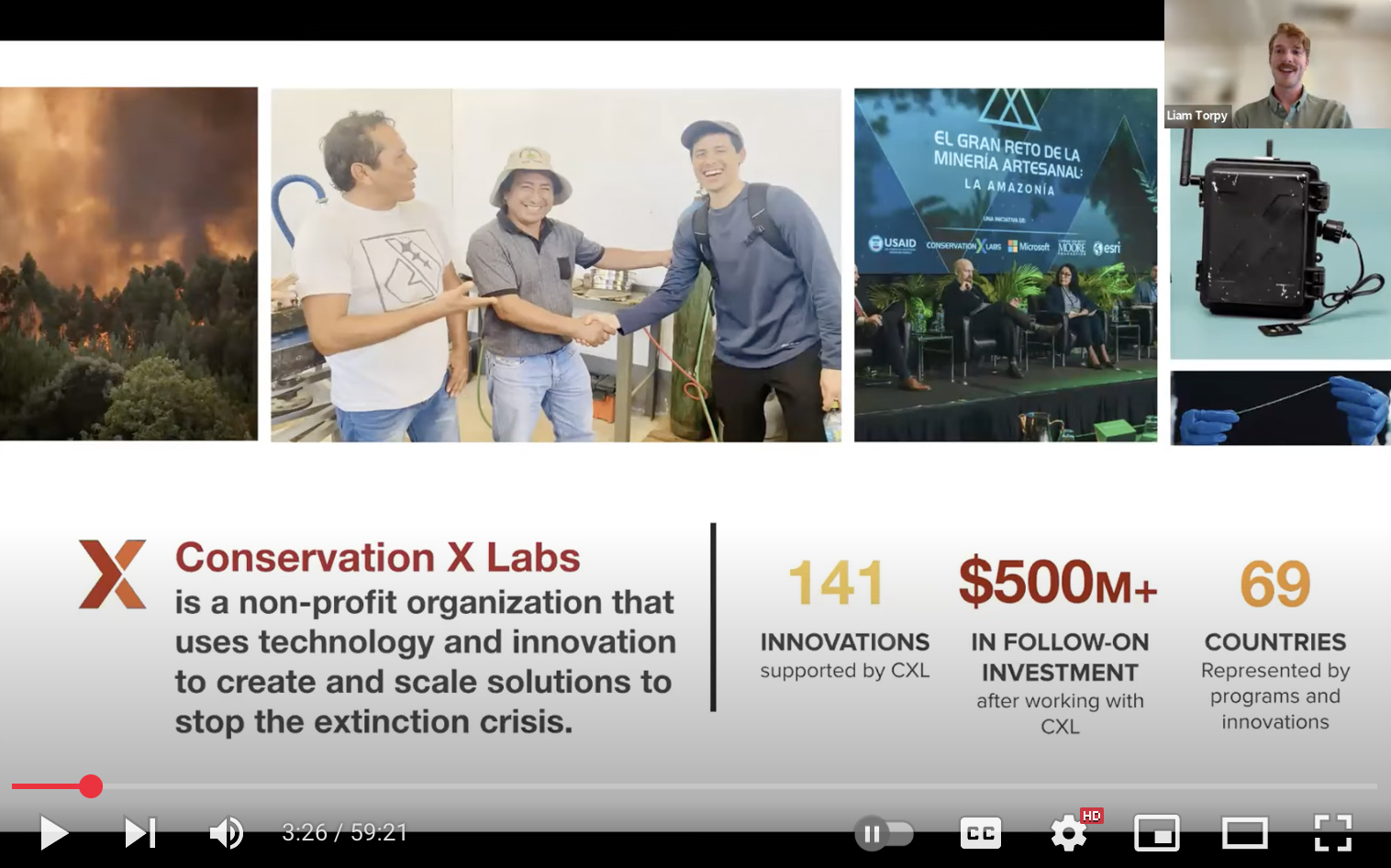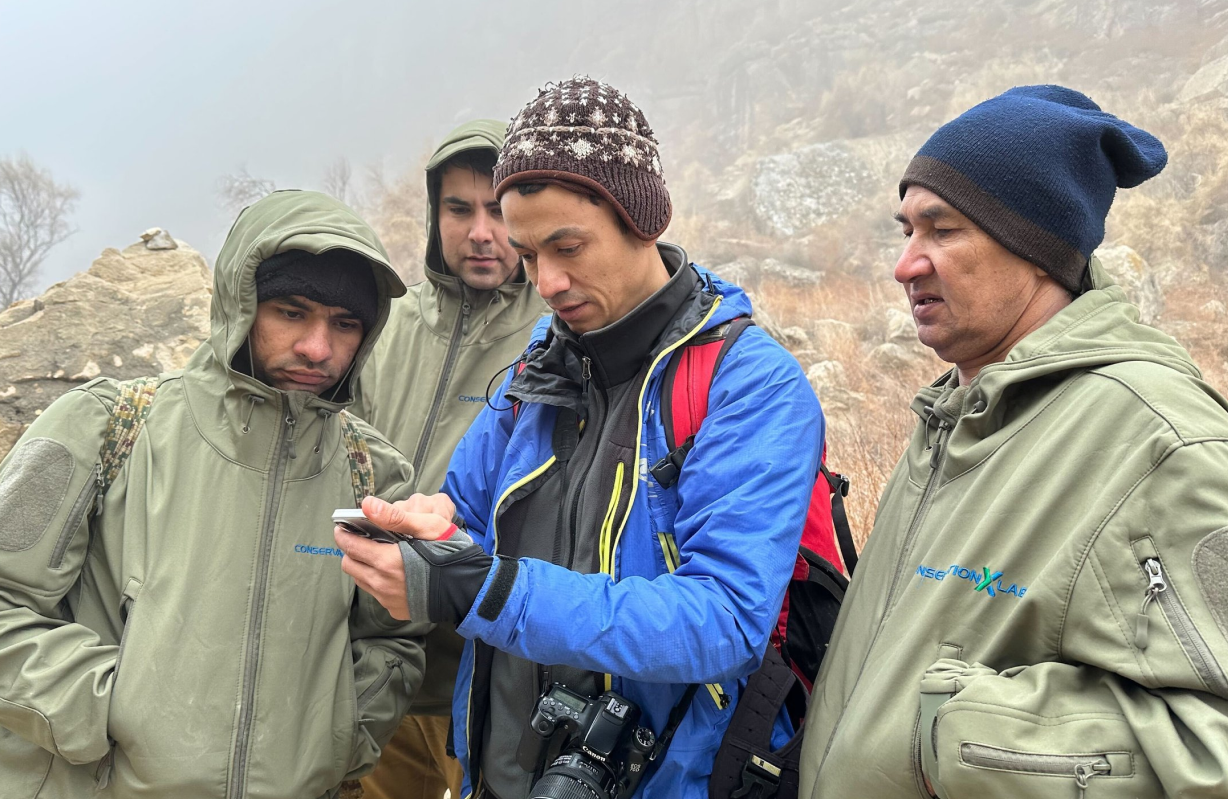


We recently gathered with the World Economic Forum's 1t.org for an illuminating webinar with seven of the finalist teams from the Fire Grand Challenge. These teams are tackling wildfire from every angle, combining science, tech, and place-based wisdom.
The same human forces that turned fire into a crisis can also be the key to reimagining our relationship with it. Around the world, innovators are merging cutting-edge technology with traditional ecological knowledge to develop new ways to live with—and manage—fire.
KaiGeoCon has developed a powerful workflow to support adaptive management of wildfire-prone landscapes. Designed for large-scale forest and ecosystem health projects, the system makes it easier for agencies and communities to assess risk, prioritize interventions, and track progress over time.
The Coldfire project trains native mushroom species to break down hazardous forest biomass—like dried brush and deadwood—into healthy soil. This nature-based approach reduces fuel loads while enhancing soil regeneration.
This team is developing a fleet of autonomous drones to carry out cultural and prescribed burns in partnership with the Cheslatta Carrier Nation in Northern British Columbia. Their goal: restore ecosystem balance and reduce the risk of catastrophic wildfire through low-intensity, controlled burning informed by Indigenous fire practices.
By expanding traditional fire management strategies into Mexico’s fire-adapted ecosystems, this team is blending centuries-old Indigenous techniques with modern carbon accounting to reduce emissions, improve land health, and empower local communities.
Instead of burning leftover forest biomass, this duo turns it into a horticultural potting mix. The result is a low-carbon, circular solution that reduces wildfire fuel and creates a new market for regenerative soil products.
This collaboration integrates Tribal values and priorities into the Vibrant Planet platform, a data-driven tool for wildfire resilience planning. Together, they’re designing land management strategies that reflect the lived experience and deep ecological knowledge of Tribal nations.
In the San Juan Islands of Washington State, this team is using digital tools to monitor the ecological outcomes of prescribed burns. Their work helps land managers understand how fire shapes ecosystems over time, as well as how to plan smarter burns in the future.
These projects show what’s possible when innovation meets tradition, and when high-tech tools are guided by on-the-ground experience. The future of wildfire resilience won’t come from one solution. It will come from a diverse ecosystem of ideas, working in concert.
By supporting efforts like the Fire Grand Challenge, we can build a future where fire isn’t feared, but understood, and one where forests and communities thrive together.

